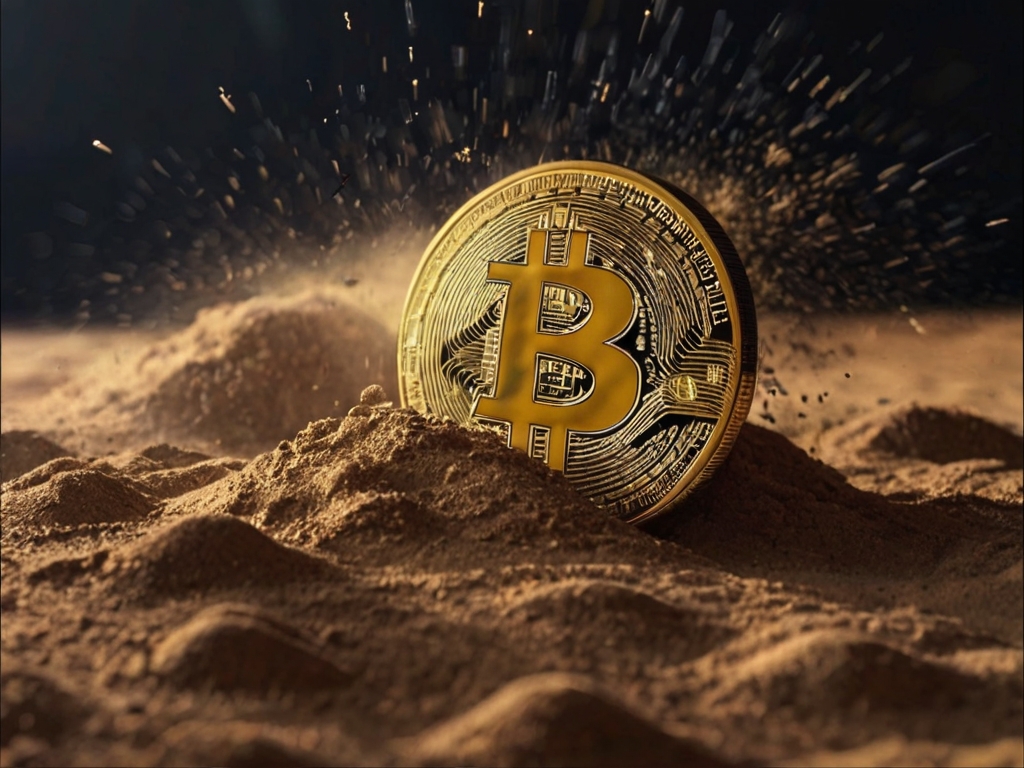Introduction
Bitcoin has revolutionized the world of finance with its decentralized and transparent nature. However, within this cryptocurrency ecosystem, there exists a phenomenon known as “dust transactions” that often goes unnoticed. In this article, we will delve into the concept of dust transactions, their significance, and the impact they have on the Bitcoin network.
What are Dust Transactions?
Dust transactions refer to very small amounts of Bitcoin that are typically considered insignificant due to their low value. These transactions involve sending tiny amounts of Bitcoin, often fractions of a cent, to a specific address. While individually insignificant, dust transactions can accumulate over time and clutter the blockchain, leading to potential issues.
The Significance of Dust Transactions
Dust transactions may seem inconsequential, but they have several implications for the Bitcoin network. Firstly, they contribute to the overall size of the blockchain, which can impact network scalability. With an increasing number of dust transactions, the blockchain’s size grows, potentially making it more challenging for nodes to store and process the entire blockchain.
Secondly, dust transactions can affect the privacy of Bitcoin users. Since every transaction is recorded on the blockchain, the sender and recipient of dust transactions can be identified. This can potentially expose the identities of users who intend to remain anonymous, compromising their privacy.
The Impact on Network Fees
Dust transactions can also impact network fees. As these transactions occupy space on the blockchain, they increase the size of blocks, leading to higher fees for everyone using the network. Miners prioritize transactions with higher fees, so dust transactions may delay or hinder the confirmation of other more significant transactions.
Mitigating Dust Transaction Issues
To address the issues caused by dust transactions, various solutions have been proposed. One approach is to implement minimum transaction thresholds, preventing the inclusion of transactions below a certain value. This would help reduce the accumulation of dust on the blockchain and relieve the strain on network resources.
Another solution is the implementation of transaction batching, where multiple small transactions are combined into one larger transaction. This reduces the number of individual transactions on the blockchain, mitigating the impact of dust transactions.
Conclusion
While dust transactions may seem insignificant on their own, their cumulative effect can have far-reaching consequences for the Bitcoin network. By understanding and addressing the issues caused by dust transactions, the cryptocurrency community can work towards enhancing the scalability, privacy, and overall efficiency of the Bitcoin ecosystem.





